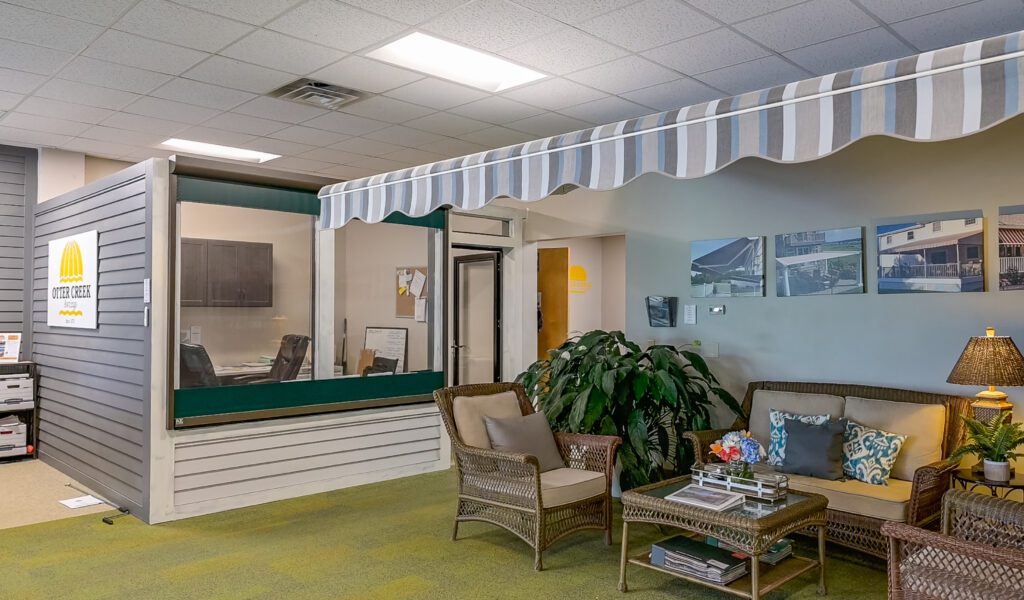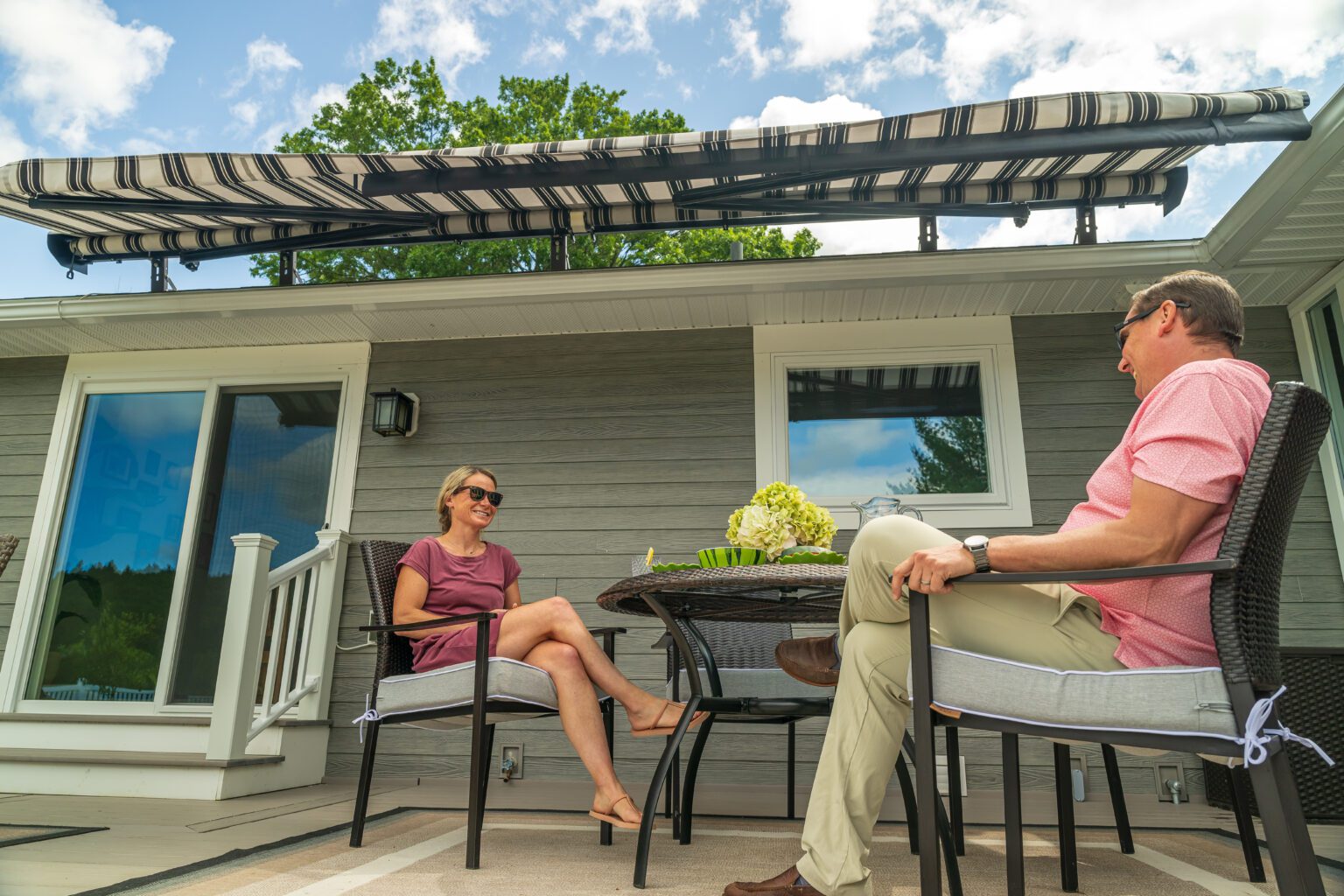A Tradition of Excellence
Welcome to Otter Creek Awnings. Over the past 48 years, we have earned our reputation as the area’s #1 awning company. We are the leading local supplier of retractable awnings, commercial awnings, deck canopies, window awnings, solar shades, and many other shade products. As a locally owned business, we proudly serve all of Vermont, Upstate New York, and New Hampshire, offering the finest products and impeccable service.
PRODUCTS
Popular Awning Styles
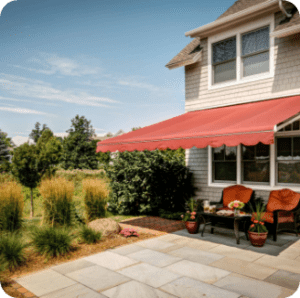

Retractable Awnings
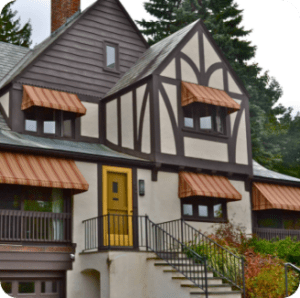

Window Awnings
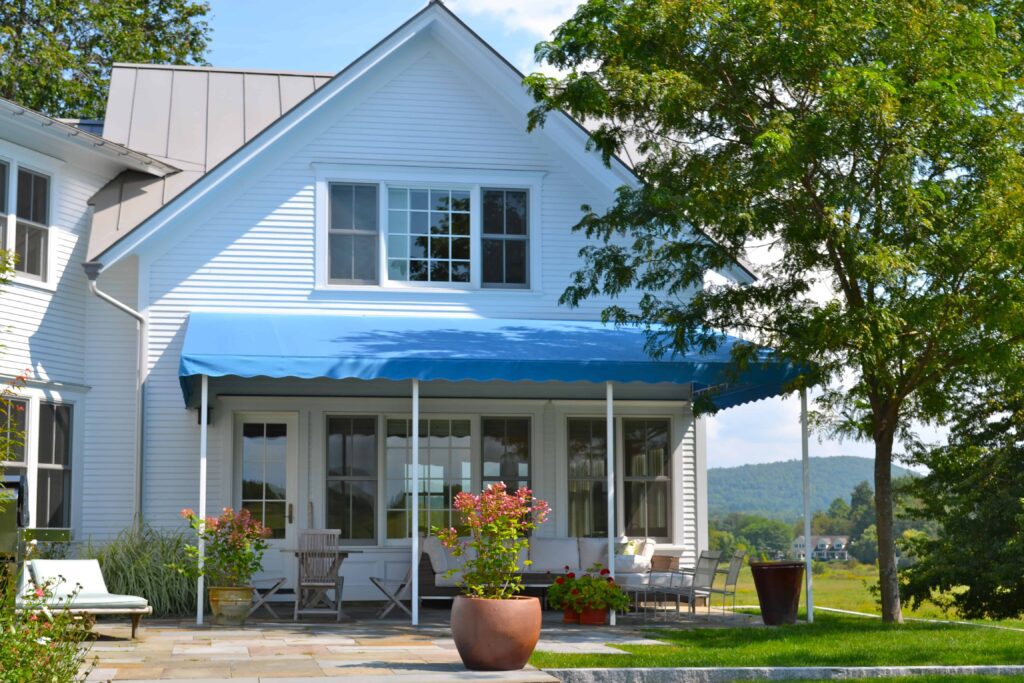

Deck Canopies
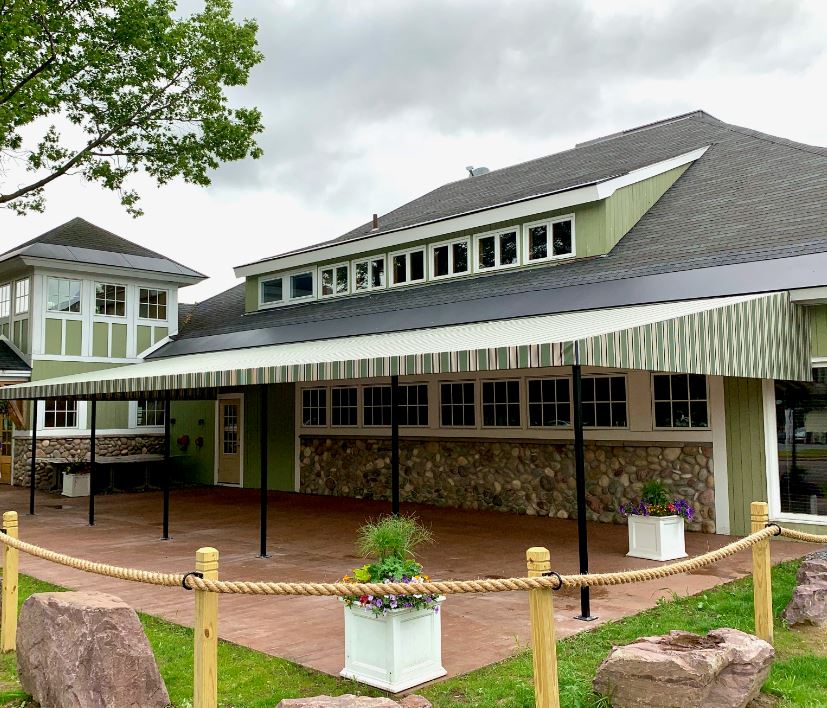

Restaurant Awnings


Entrance & Walkway Awnings
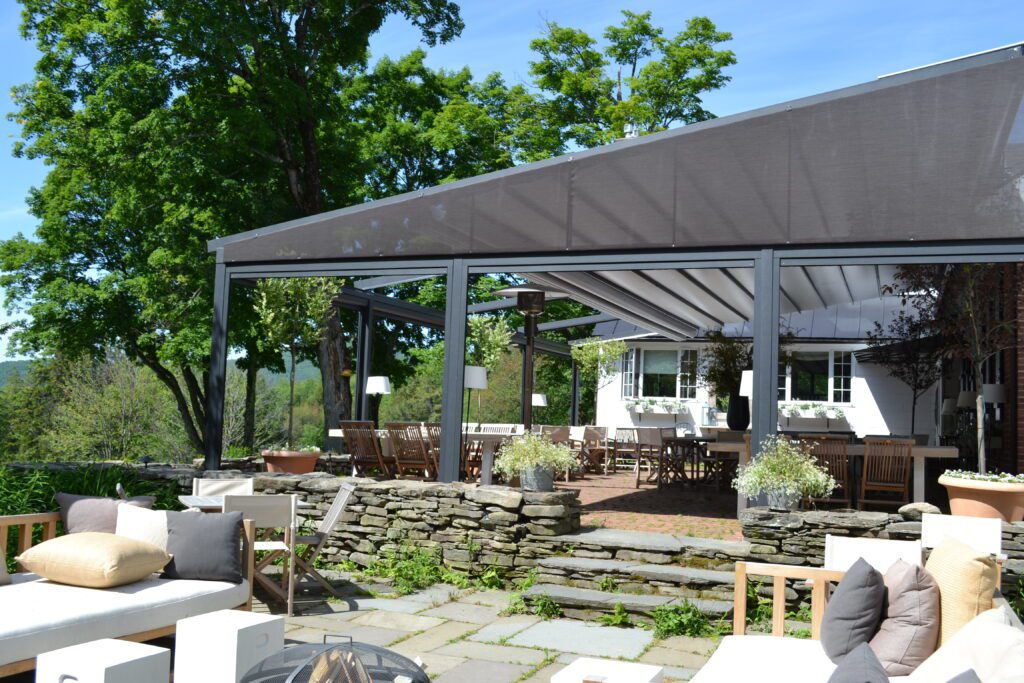

Gennius Awnings
Learn More About Retractable Awnings
Retractable Awnings are a great way to expand your outdoor living space!
Our Services
At Otter Creek Awnings, we specialize in beautiful design, skilled installation, and dependable service.
Free On Site Estimates
Let us come to you! Our design team provides free on-site estimates at your home or business.
Manufacturing
For over thirty years, we have been an exclusive dealer of awnings manufactured by KE USA, Inc. All of our stationary awnings are manufactured locally in Middlebury, Vermont.
Custom Solutions
Do you have a unique space? We are always up for a challenge and our design team can help.
Installation & Service
We never subcontract, so that means your installation and service needs are completed by the Otter Creek Awnings team.
A Locally Owned Vermont Business
Established in 1976, Otter Creek Awnings has been the leader for Residential and Commercial awnings throughout Vermont, Upstate New York, and Western New Hampshire. Learn more about our owners, Kristopher and Sarah Larson, and the wonderful team that makes Otter Creek Awnings an industry leader and a trusted source for your awning needs.


Customer Testimonials
GET INSPIRED
Product Galleries
Every Otter Creek Awning is customized to your specific use and location. Our sales and design team will work with you to design the perfect awning solution!
SHOWROOM
New England’s Largest Awning Showroom
Stop by our extensive showroom in Williston, Vermont. Close to Interstate 89, we have one of the largest showrooms in New England with multiple awnings on display. Let the inspiration for your outdoor oasis begin!
